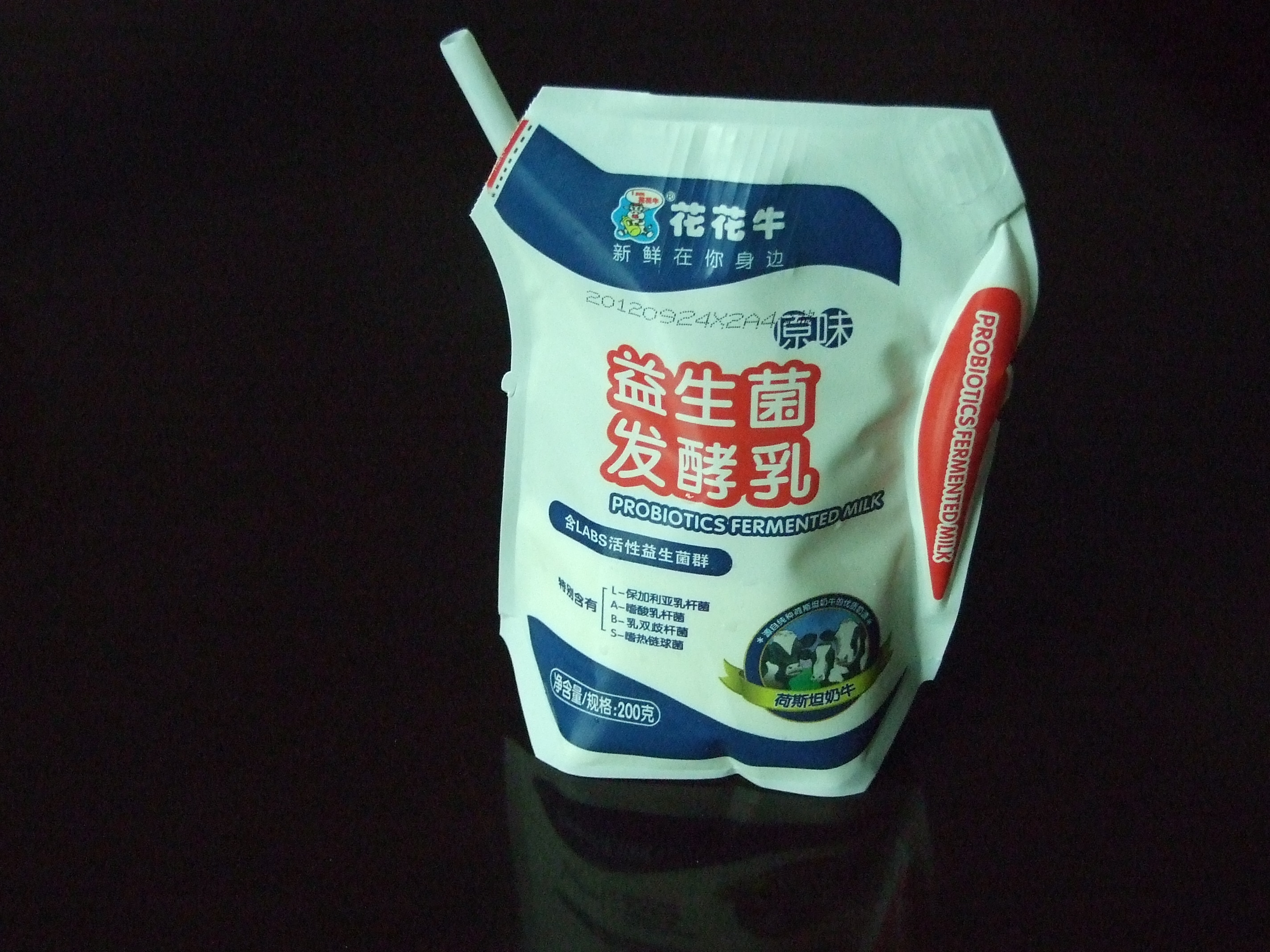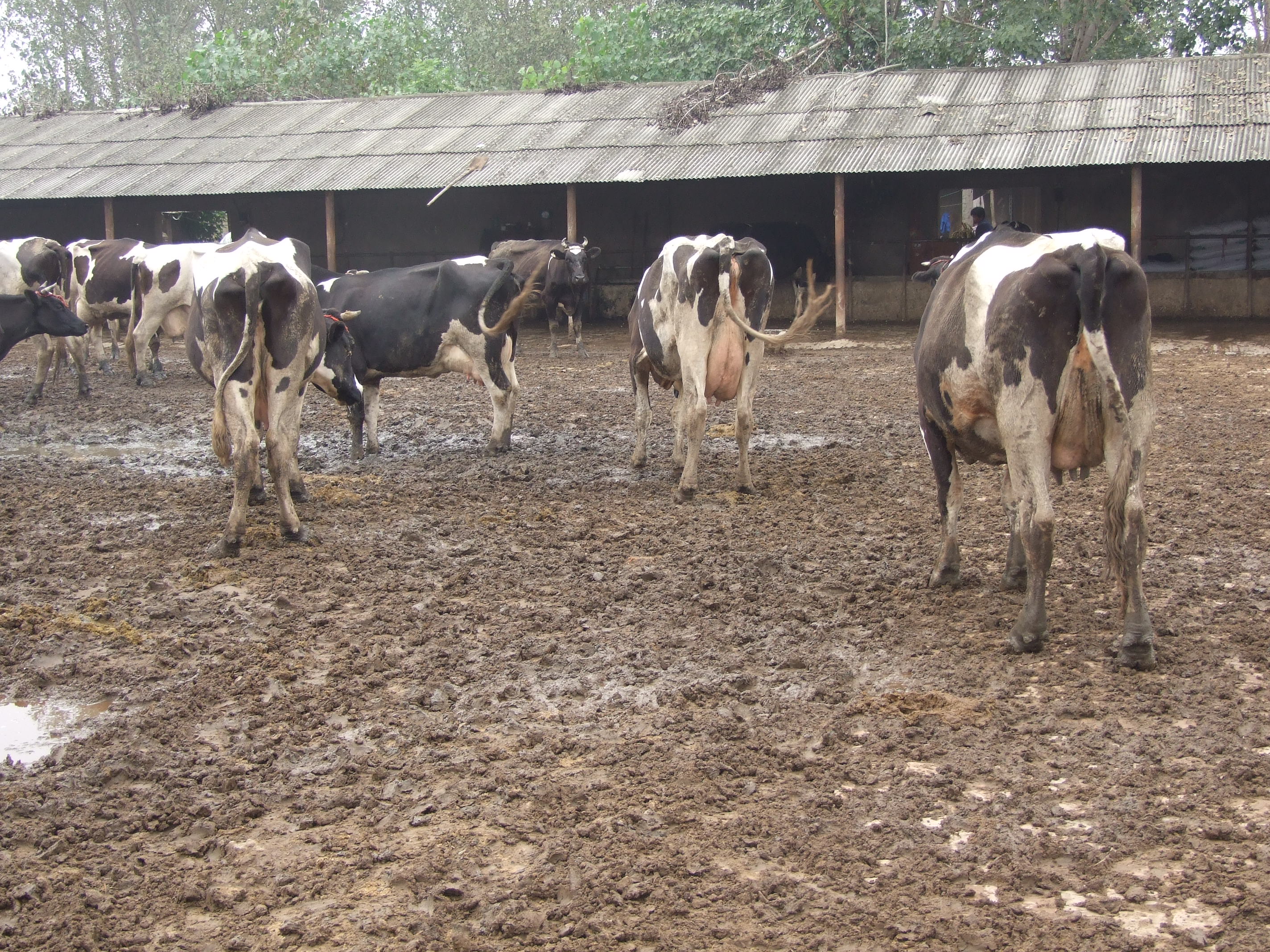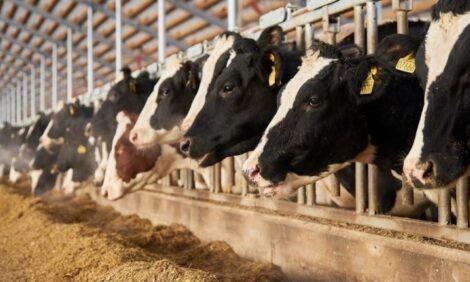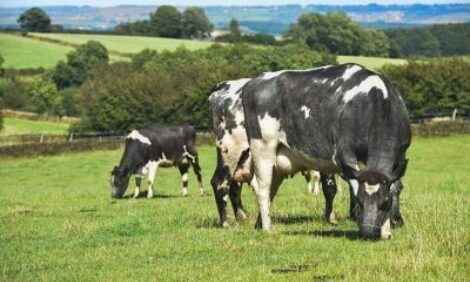



China Loves 'The White Stuff'
The rapid surge of dairy popularity and milk demand is being met by all kinds of dairy farms. Stuart Lumb visited the Henan dairy for TheDairySite.Traditionally the Chinese have not been major consumers of dairy products – per capita milk consumption is just 10kg per annum, dwarfed by that of residents of the USA, which stands at 78kg - but this is changing as the Chinese embrace Western style dietary habits.

Home production cannot cope, as just a small increase per head means a huge increase nationally, given China’s burgeoning population and hence imports are massive, writes Stuart Lumb.
Consumer confidence in domestic producers is gradually returning after incidents in 2008 due to the contamination of infant formula milk with melamine. In addition, government supervison of the dairy industry has increased along with improved quality control by manufacturers.
“In June 2013, the Chinese government said it aimed to reduce the number of domestic milk powder manufacturers from 127 to 50 and nurture 10 large scale dairy entities with an annual income of over 2 billion RMB to take over 70 per cent of the market in 5 years”: commented Fitch Ratings’ associate director Vicki Shen.
Henan province has a population of 94million, so there is plenty of demand for milk products, which the Huahuaniu processing company, having a payroll of 2000 employees, is helping to meet.
Milk is sourced from backyard farms through to large dairy farms with many employees and many farmers have bought shares in the company. The farms are located anywhere from 20- 150km from the processing plant, with milk being collected two or even three times a day.

Payment is based on protein and fat percentage, along with cell counts. The company has a training centre where farmers come to be taught how to improve yields of their cows,by using better husbandry techniques.
Traditionally, milk has not featured in diets in China, but as with many things China looks to the West and a trend with city dwellers is to drink milk at breakfast. The local government encourages milk consumption in general, across all age groups, with milk costs being subsidised in poorer areas, plus encouraging consumers to make milk part of the diet is promoted through TV advertising along with adverts on buses and hoardings.
Milk is provided for school children, free to schools in poorer areas. This mirrors a similar scheme in the UK in the late 1940s, when primary school pupils were given a free bottle of milk to drink during the morning lesson break to supplement meagre post World War II diets when food was still rationed.

The Huahuaniu company has 4 other major competitors in the province, but despite this has seen a 25 per cent increase in overall sales.
Fermented milk products make up 30 per cent of sales, sold in small handy sized packs. Chocolate and strawberry flavoured milk is also popular with consumers.
The company sells milk in 3 ways, by doorstep sales, in small local shops and in supermarkets, whereas some large dairy farms process and package their own milk and sell it directly to consumers in convenient sized cartons through self service machines located on busy street corners.
Like the Chinese pig industry, the dairy industry varies in size from small “backyard” herds to huge farms with thousands of cows.
Traditionally, each farmer had just a few cows but farmers joined together in collectives thereby increasing the total number of cows. The author visited a typical small dairy farm, situated in Zhengzhou, which was part of a collective comprising 20 farms. Like many of the “backyard” farms, this one was located in a busy urban area.
The Holstein cows are zero grazed and calve all the year round, with yields averaging 5000kg per cow. Mastitis and lameness are two major problems, with these ailments being treated by the collective’s own vet.

The collective’s vet also used to check for pregnancy by manually palpating the cows, although in big farms feed companies often give the farmer a scanner. The main roughage fed was whole crop corn/ maize silage, which was grown 15km from the farm, then cut and carted to the cows.
This was supplemented with straw, peanut co-products and concentrates. Milking took place at 5am and 5pm, in a 16 x2 herringbone parlour, with milk being stored in bulk tanks and collected at 7pm daily.
The collective has gradually been decreasing in numbers as urbanisation encroaches on the farms.
Being in an urban area the land is valuable for housing and the farms will re-locate to a more rural area in 2-3year’s time.
In England some years ago, when there was a national Milk Marketing Board (MMB) , there was a famous slogan “Drinka Pinta Milka Day..”Currently,milk consumption is China is well below a pint(568ml) a day, but in China things change very rapidly ...
My visit was arranged by Lu Nan , who is in charge of sales in China for Olmix, headquartered in Brehan, France and my grateful thanks are due to Lu Nan for all his help and assistance.


